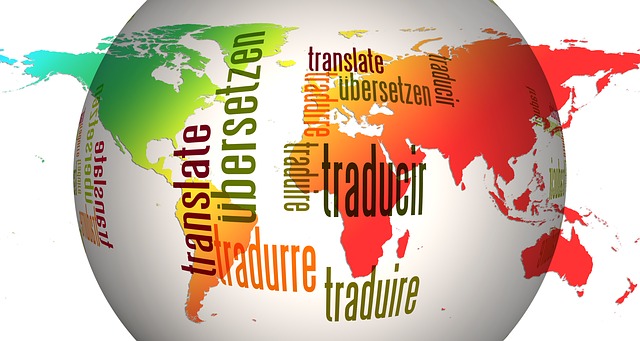
October 2016 Issue
Read, Comment and Enjoy!
Join Translation Journal
Click on the Subscribe button below to receive regular updates.
Translation by the Numbers
- Details
- Written by Karen Hodgson

Imagine taking a walk in your neighborhood and coming across a great bakery or café that you hadn’t known about. Then imagine learning that they had been in that location for months or even years without your ever having noticed or heard about them. How could something so good remain undiscovered for so long? The answer is simple: they lacked visibility.
This scenario plays itself out on a larger scale every day. Instead of a neighborhood, it is the global marketplace where many wonderful businesses go unseen, missing out on literally an entire planet of potential customers who don’t even know they exist because language barriers render them invisible to the majority of the world.
As more and more businesses begin to recognize the untapped potential both beyond and within their country’s borders, the already multi-billion-dollar language services industry is becoming one of the fastest-growing sectors in the world economy, a fact well supported by statistics.
Going global
According to the “Global Market Study: 2015” published by market research company Common Sense Advisory, the language services market has been expanding at a rate of 8 percent worldwide for the past several years, with the overall global language industry — already estimated at US $38 billion in 2015 — poised to reach up to US $46 billion in 2016.
The language services sector ranges from individual freelancers to full-service language service providers and everything in between. The industry’s rapid, steady expansion is the result of a merging of globalization and technology unique to our time, and the benefits are being reaped by those businesses who choose to make themselves visible to the global marketplace through localization.
The world within
Cultural diversity, like the planet’s atmosphere, transcends national borders. This increasing diversity means that for many nations, the global marketplace exists not only without but also within their geopolitical borders.
Take for example the 2011 census figures from the Australian Bureau of Statistics, which show that nearly a quarter of Australia’s population speaks a language other than English at home. Or that according to the Australian Institute of Translation and Interpretation, the demand for English and Chinese translation and interpretation professionals has doubled over the past decade.
Large, culturally diverse metropolitan areas, in addition to often being microcosms of the larger world, have the added need for translation services in areas such as the medical, legal and educational fields, just to name a few. The unique requirements of the thriving ethnic communities that often exist within nations further contribute to the robust expansion of the language services industry.
See and be seen
For most of us, it is as difficult to comprehend the magnitude of a $46 billion dollar industry as it is to grasp the scope of geologic time; both concepts exist far outside the context of our everyday lives. But the main takeaway is this: the language services industry shows no sign of slowing, due in large part to a unique confluence of globalization, immigration and technology.
Language services is one of the most rapidly growing sectors in the world today, and the numbers agree — according to the U.S. Bureau of Labor Statistics, interpreting and translating jobs are projected to increase at a rate of at 29 percent between 2014 and 2024, “much faster than the average for all occupations.”
The time is right for businesses and individuals to seriously consider leveraging the momentum of this global expansion. Instead of remaining a hidden gem, why not increase your visibility through localization, both regional and global, and let your presence be known — in your neighborhood and beyond!